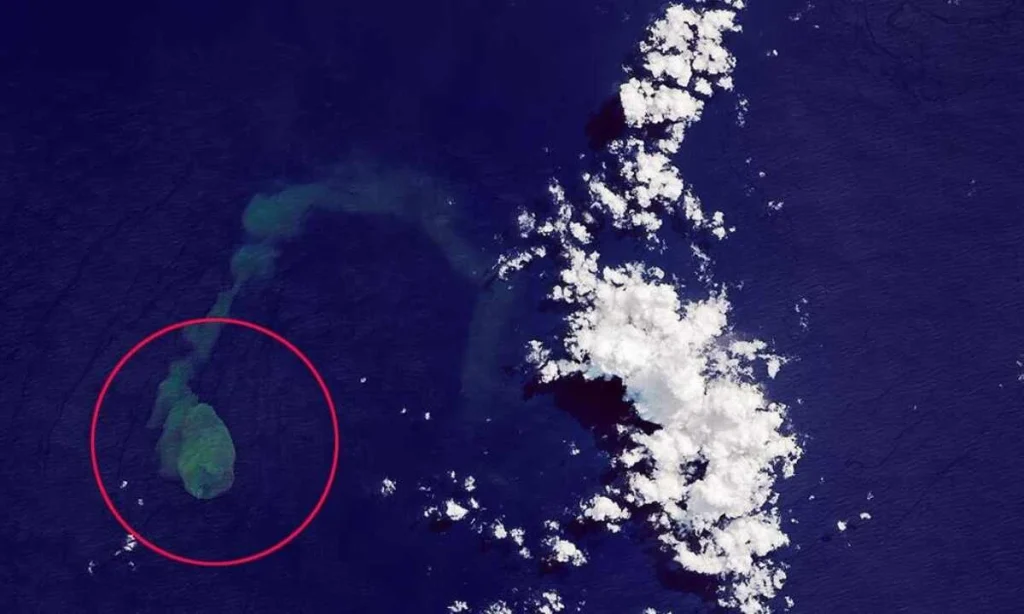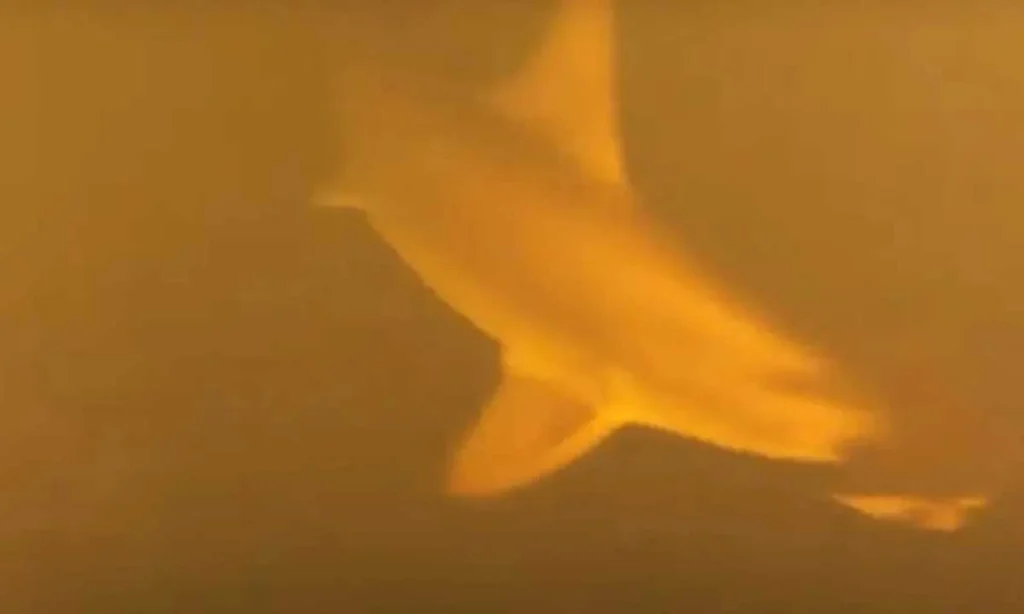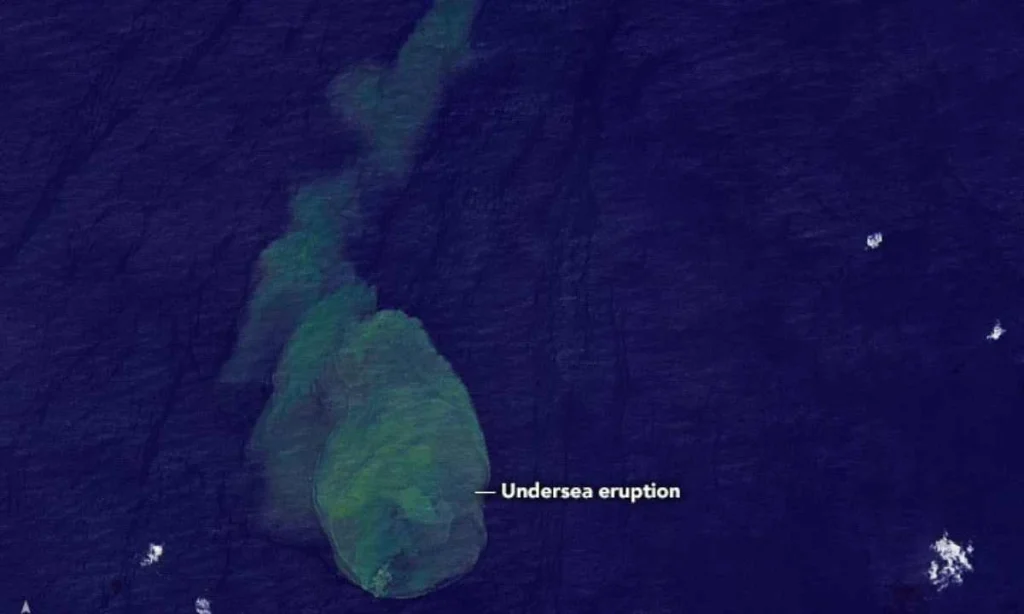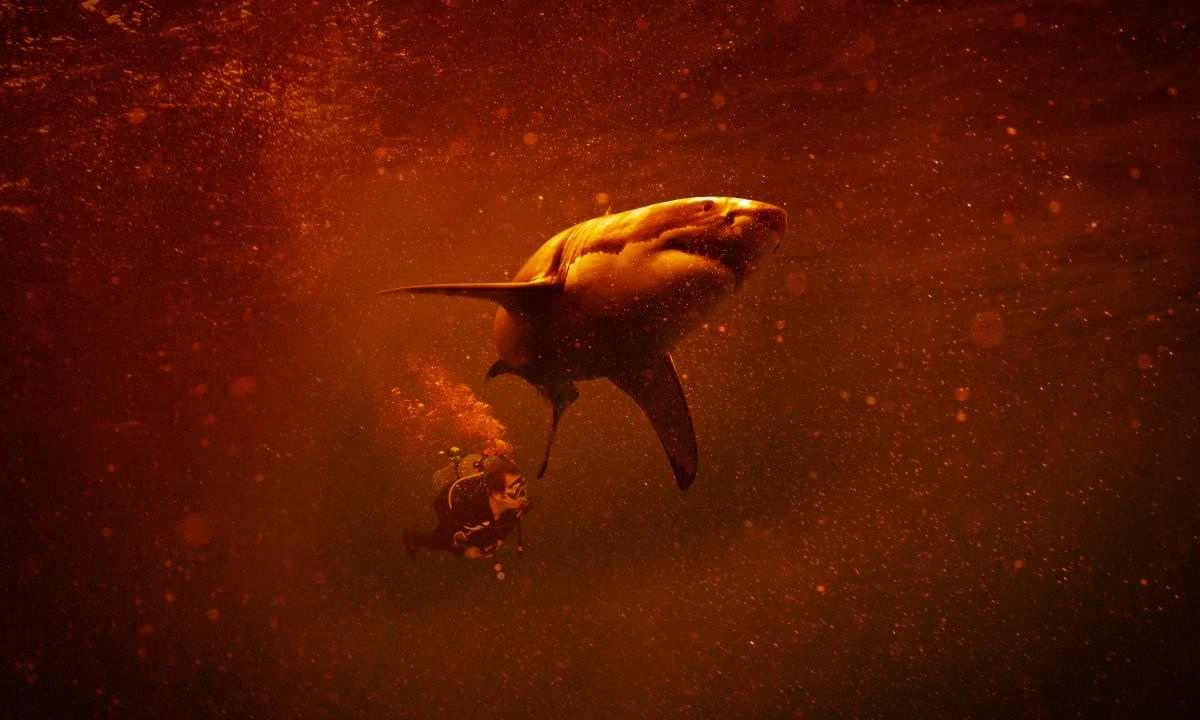NASA Finds Mutant Sharks Living In Volcanoes | Volcano Spewed Mutant Sharks Into The Ocean!
Imagine an underwater volcano erupting with sharks thriving in its hostile waters. It sounds like something out of science fiction, yes. But NASA has captured this reality in the Pacific Ocean. The Kavachi volcano, often nicknamed “Sharkcano,” erupted in 2015, and NASA’s Operational Land Imager-2 aboard the Landsat 9 satellite provided some incredible images. On May 14, 2015, a greenish plume of discolored, superheated water was observed, marking the volcano’s latest activity. But above all, scientists made a groundbreaking discovery within Kavachi’s crater. They found a mutated shark species thriving in the crater’s hot and acidic waters. Let’s have a closer look at how the mysterious “Sharkano” and their ecosystem.
Home Of The Mutant Sharks
The Kavachi volcano is located about 15 miles south of Vangunu Island in the Solomon Islands, east of Papua New Guinea. This underwater volcano is not just a geological marvel but also holds cultural significance. Named after a sea god revered by the Indigenous Gatokae and Vangunu people, it is also known as “Rejo te Kvachi,” or “Kavachi’s Oven.” This name reflects the intense activity within the volcano, including superheated lava, steam, and sulfur emissions that occasionally breach the water’s surface.

Kavachi’s summit is approximately 65 feet below sea level, while its base rests three-fourths of a mile beneath the ocean surface. It is known for its dramatic phreatomagmatic eruptions, where water and magma interact to create explosive events. These eruptions have, at times, formed temporary islands, only for ocean waves to wash them away.
The Mysterious “Sharkcano” Ecosystem
In 2015, scientists made a groundbreaking discovery within Kavachi’s crater. Using baited drop cameras, researchers observed two shark species—scalloped hammerhead sharks and silky sharks—thriving in its hot, acidic waters. This environment, which would seem uninhabitable, also hosts vibrant microbial communities, gelatinous zooplankton, and reef fish.
According to researchers published in Oceanography in 2016, the presence of such animals raises intriguing questions.
“The presence of these animals in such extreme conditions poses new questions centered on the resiliency of marine animals to rapid changes in their environments,” they wrote.

These findings could offer insights into how marine species adapt to human-induced changes in ocean chemistry and increased submarine volcanism.
Scientific Insights and Ongoing Mysteries
Kavachi’s unique environment makes it a valuable site for studying marine adaptability, volcanology, and biodiversity. The combination of extreme heat, acidity, and volcanic activity creates conditions that push marine life to its limits. Understanding how sharks and other organisms survive here could help researchers predict how marine species will respond to climate change and other environmental challenges.
As NASA continues to monitor Kavachi, it sheds light on the broader implications of submarine volcanic activity. Could life forms in extreme environments like this offer clues to resilience in the face of global ecological shifts? Studies suggest these organisms might help answer critical questions about adaptability in the natural world.

The Intersection of Nature, Culture, and Science
Kavachi’s significance goes beyond science. For the Indigenous people of the Solomon Islands, the volcano is deeply intertwined with mythology. Stories of its activity, combined with scientific discoveries, create a powerful narrative that blends culture and natural wonder. Advances in technology, such as satellite imaging and underwater exploration tools, have made it possible to uncover these insights.
NASA’s satellite images and the 2015 expedition highlight how modern science can explore phenomena once shrouded in mystery. Kavachi’s ability to consistently surprise researchers makes it a vital subject for ongoing study.
Conclusion
The Kavachi volcano, with its fiery eruptions, and resilient ecosystem stands out as a case study of nature’s mysteries. From its sharks swimming in acidic waters to its unpredictable eruptions, Kavachi captures the imagination of scientists and the public alike.
As researchers continue to study this “Sharkcano,” it reminds us of the planet’s capacity for both destruction and adaptation. Further exploration of Kavachi could unlock new understandings of marine life, volcanology, and our changing environment, proving that even the most hostile places on Earth can hold secrets worth discovering.
Also read,







